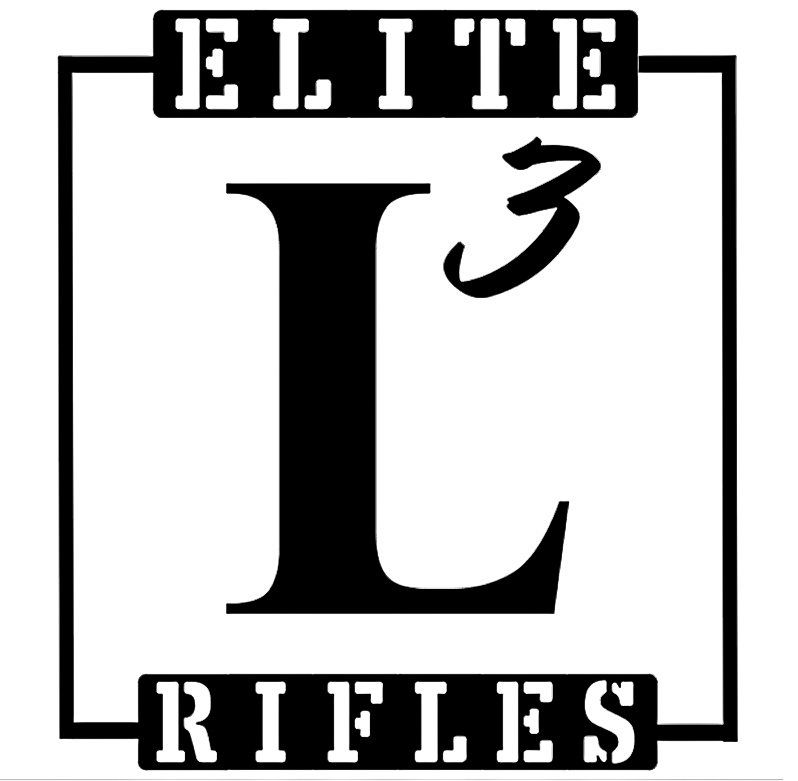Gunsmithing
L3 Elite Rifles offers gunsmithing services for new and/or pre-owned rifles.
Detailed Strip and Clean with Function and Safety Tests. The firearm is completely disassembled, degreased, ultrasonically cleaned, lubricated and reassembled. Checks are made on cycling (with dummy rounds in the shop), firing pin impact, lock-up and safety operation.
Corrections for:
- Misfires
- Excess Head Space
- Feeding jams
- Extraction / Ejection problems
- Wear and Corrosion
Bore Inspection.
We use an optical borescope to see inside the barrel from one end to the other. A special 90-degree mirror on the end of the probe enables viewing lands and grooves straight on for close inspection. We can see wear, erosion, rust and pitting FIRSThand.
Smooth and Tune Action. All but the most expensive guns carry some compromises in manufacturing in favor of affordability. That means almost all can benefit from a file here and a polish there and a better fitting overall. The result is a gun that feels smooth and tight and operates reliably. Many manufacturers require a several hundred round break-in period. A smooth and tune gives the same result with tightness assured.
Barrel Threading. The muzzle end of a barrel can often be threaded to accept a variety of performance-enhancing attachments. Just let us know what you would like to add—a suppressor, compensator, flash hider. Less than two-week turnaround.
Installing Muzzle Device. Once the barrel is threaded the device must be installed, frequently in the right rotational position. This is called "timing." It’s crucial that the top be at the top of the barrel very precisely.
Rebarreling. Many guns need a new barrel for any of a variety of reasons. Many designs require fitting and adjusting to make sure head space is correct and the installation withstands the pressures of ignition and recoil.
Scope Mounting. We drill and tap the receiver or frame, mount the optic and boresight the setup on nearly any firearm.
Check and Measure Head Space.
Make Chamber Castings. On old guns, it’s often impossible to determine its caliber from outside markings. We will cast the chamber with a low melting point metal. When removed, it can be measured to determine which cartridge is meant to go in there.
Crown Barrel. The end of the barrel has to be finished off exactly perpendicular and with a specific geometry so that gases escaping behind the bullet don’t push it off sideways. This finishing is done on the lathe.
Fluting. Cutting grooves in a barrel or a bolt is called fluting. It’s done to reduce weight and improve heat dissipation.
Shorten Barrel. Within legal limits of course.
Contact Us
